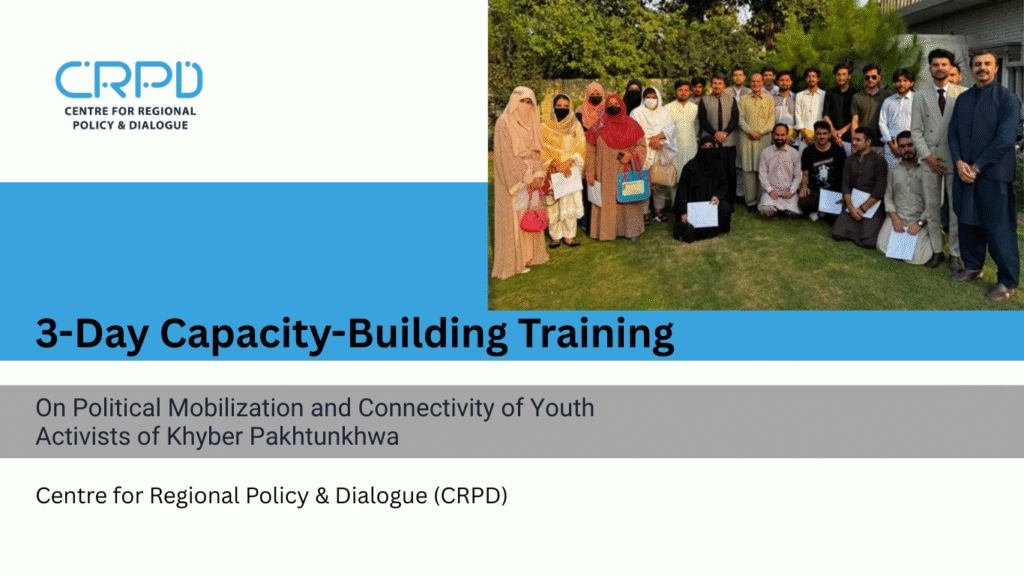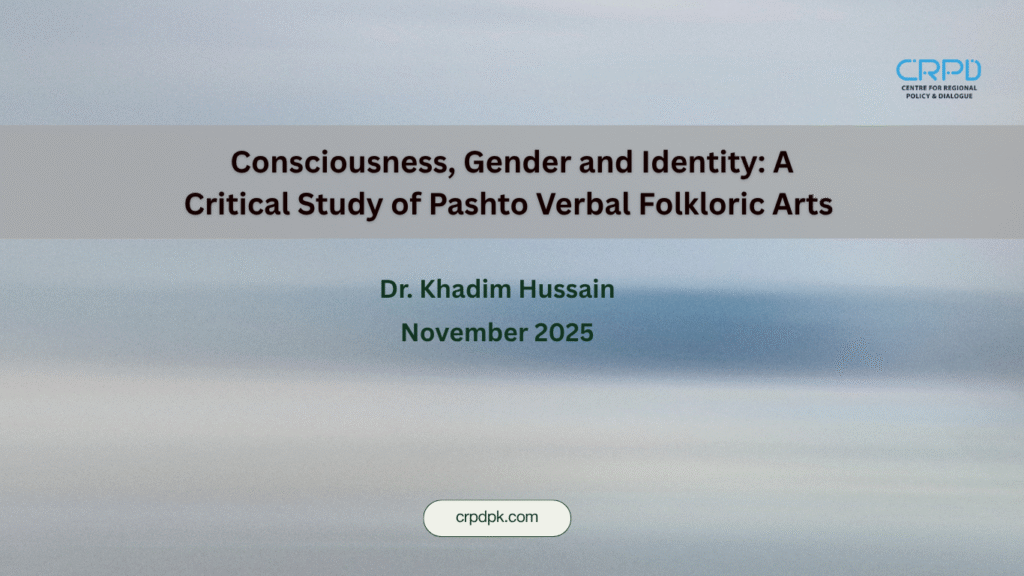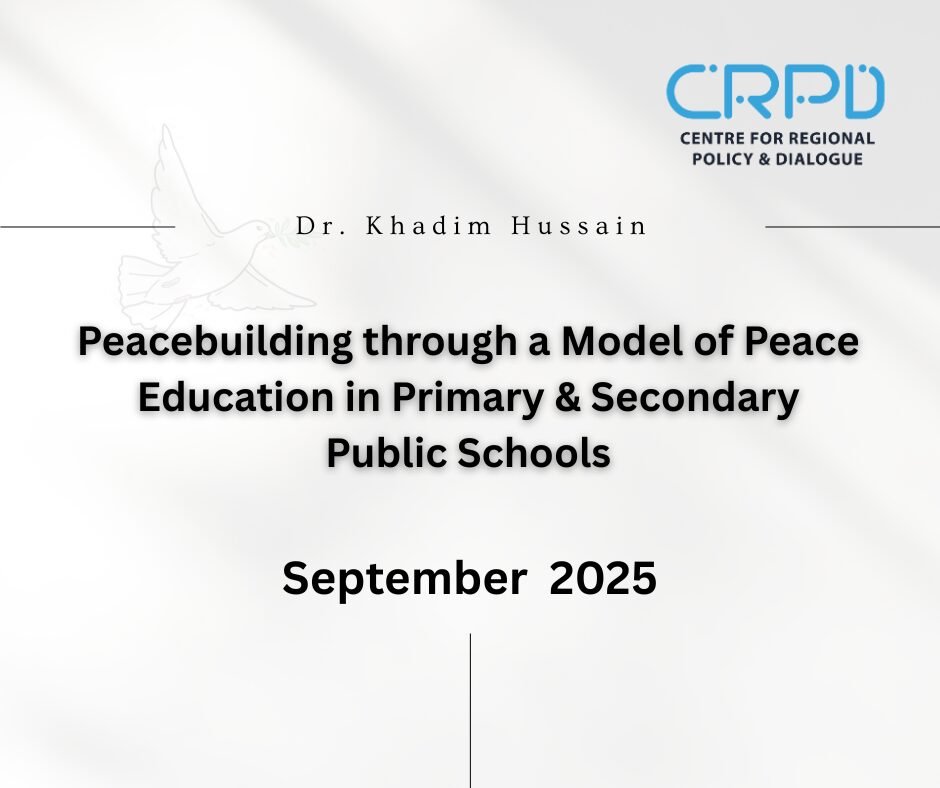Khadim Hussain
June 27 2024
This is now common knowledge that if Pakistan and other countries in South Asia, including India, are to be on the track of economic and human development, the geo-strategic paradigm has to be transformed into geo-economic paradigm. In this regard, it is heartening to note that Mr Ishaq Dar, the deputy prime minister of in the newly formed federal govt of Pakistan, expressed views that spark some hope for normalising relations between the two nuclear-armed neighbours.
Mr. Dar, who also holds the portfolio of foreign minister also, is reported to have said while talking in a seminar organised by a government think-tank in Islamabad, “Pakistan does not believe in perpetual hostility. We seek good-neighbourly relations with India on the basis of mutual respect, sovereign equality, and a just and peaceful resolution of the long-standing Jammu and Kashmir dispute. India and Pakistan owe it to the people of South Asia to prioritise cooperation over discord. With the region lagging far behind on human development indices, beset by poverty, unemployment, illiteracy, disease, food and water scarcity, natural disasters, environmental degradation, and climate change, collective action was imperative to address these pressing challenges, rather than perpetuating a cycle of hostility”. (Dawn 26th June)
The comments by Mr Dar have come at a time when new governments in Islamabad and New Delhi have been put in place after general elections in both the neighbouring countries. Analysts are of the opinion that with a reduced strength of Modi’s Bharati Janata Party (BJP) in the Indian Lok Sabha and his increased reliance on allied political parties, Modi’s hard stance and belligerence towards Pakistan might be watered down while the increased strength of India National Congress (INC) and joint opposition in Indian Lok Sabha might be able to harness Modi’s far right Hindutva agenda.
The statement of Mr. Dar has rightly pointed out the core problems that have erupted due to unwarranted, irrational and illogical arms race between the two large neighbouring countries. This arms race between the two neighbouring countries has impeded economic progress and human development in South Asia, especially in Pakistan and India. Business, trade and cultural relations between the two neighbouring countries may see the dawn of a new era of human security and economic development in the region. But one can just wish that the conundrum could be just as simple. At present, human development indices of Pakistan and Indian speak volumes about the ever-increasing illiteracy, poverty, unemployment, lack of health facilities and ever widening economic disparities.
The political leadership and establishment of both countries seem to have remained hostage to the divergent interpretations of history. The irritants accumulated since the inception of both countries have created constituencies among big business tycoons, the middle class, bureaucracy, media, religious clergy, political leadership and the security apparatus of both countries so much so that the conflicts between the two countries are now not limited to the classical dispute of Jammu and Kashmir. A few examples of the irritants in normalizations of relations between the countries will be suffice to make the point clear.
On the same day when Pakistan’s Deputy PM was offering an olive branch to India from Islamabad, in another place in Pakistan, a serious allegation was being made regarding Indian involvement in the worsening security situation in Pakistan. Balochistan Home Minister, Ziaullah Langau, claimed that there was a nexus between the proscribed Tehreek-i-Taliban Pakistan (TTP) and the Balochistan Liberation Army (BLA) to carry out terrorist attacks in Pakistan with India as their “single investor”. He shared some details about two TTP fighters captured by the security forces of Pakistan and concluded that “their (TTP and BLA) nexus only means that their investor is the same who is using them from two angles,”.
India had claimed, though Pakistan denied it, surgical strikes inside Pakistan in 2016 to avenge the Uri Indian Army Base attack which India claimed to be carried out by Jaish-e-Mohammad allegedly based in Pakistan. The Uri Army Base attack which the CNN reported to be “one of the deadliest attacks in Indian-administered Kashmir in more than two decades” had started a “new chapter in the India-Pakistan geopolitical saga.” The Indian side after both the Pathankot Air Base attack and the Uri Army Base attack blamed armed extremist private militias allegedly based in Pakistan for the attacks. The saga of Ajmal Kasab believed to be a Pakistani who was involved in the Mumbai terrorist attack in 2008 and the saga of Kulbhushan Jadhav believed to be an Indian national arrested in Balochistan, Pakistan, in 2016, over the alleged charges of terrorism and spying for the Research and Analysis Wing (RAW), the intelligence agency of India, had engaged the diplomatic and security circles of both India and Pakistan for a prolonged period of time.
The vicious cycle of allegations and counter allegations between Pakistan and India is never broken. One of the major factors which is believed to have prompted the Pakistan’s so-called security depth policy into Afghanistan is considered to be the perceived Indian influence in Afghanistan. The strategic depth policy was envisaged by Pakistan’s Gen Zia-ul-Haq in 1980s and practiced by General Pervez Musharraf after 9/11. This policy, which spanned over almost 20 years, had, as narrated by the then DG ISI Asad Durrani’s ‘The Spy Chronicles’, facilitated the Afghan Taliban by Pakistan to topple the elected government in Afghanistan with the support of the US orchestrated Doha Deal in 2011. Many believe that the strategic depth policy still continues.
It will not be out of place to mention here the Feb 1999 visit of the then Prime Minister of India, Atal Bihari Vajpayee, for a summit with the then Prime Minister of Pakistan, Mian Nawaz Sharif. Lahore Declaration was signed by the two prime ministers on Feb 21 1999 for “durable peace and development of harmonious relations and friendly cooperation”. The ink of the Lahore Declaration had just dried when Kargil War started between the two neighbouring countries which dragged on from May 1999 to July 1999. Just four months after the Kargil War, Martial Law was imposed by Gen Pervez Musharraf in Pakistan in Nov 1999, the civilian government was sent home packing and the constitution of Pakistan was held in abeyance.
One of the formal platforms that could be effectively used to normalise relations between the two countries is South Asian Association for Regional Cooperation (SAARC) but unfortunately this useful forum has been rendered toothless by the intrenched vested interest in both countries. In the meanwhile, Track-II diplomacy has also been tried continually but without bearing substantial results.
While security, bureaucratic and political circles of both neighbouring countries continue to erect impediments in the way of normalizing relations between the two countries, the civil society of both the countries have made concerted efforts to bring the two peoples together. Several initiatives have so far been taken by the civil society of Pakistan and India for normalization. Two of the prominent initiatives was the India Pakistan People’s Friendship and the Aghaz-i-Dosti. Both these initiatives have been made ineffective by the security and bureaucratic apparatus of the two countries.
Academic and cultural linkages with Pakistan’s eastern and western neighbours can pave the way for trade relations which are essential for economic stability in Pakistan in the wake of depleting foreign exchange reserves, ever increasing trade deficit, a stagnant per capita income and an unbearable high ratio of inflation. Strengthening democratic institutions, equitable representation of diverse genders, ethno-national identities, federating units, diverse social classes, diverse faiths and diverse linguistic groups; an end to the regime of armed private militias, disbanding the strategic depth policy and a transformation from geo-strategic to geo-economic policy will usher in an era of political stability, economic development and socio-cultural development in South and Central Asia.
If despite numerous border and political disputes between China and India, the trade volume between the two neighbouring countries can reach $118.4 billion in the fiscal year 2023-24, as reported by The Economic Times of May 12 2024, why can’t this happen in the case of India and Pakistan?
The writer can be accessed via khadimhussainpajwak@gmail.com .





